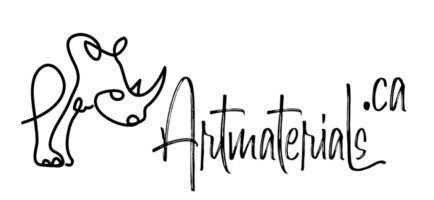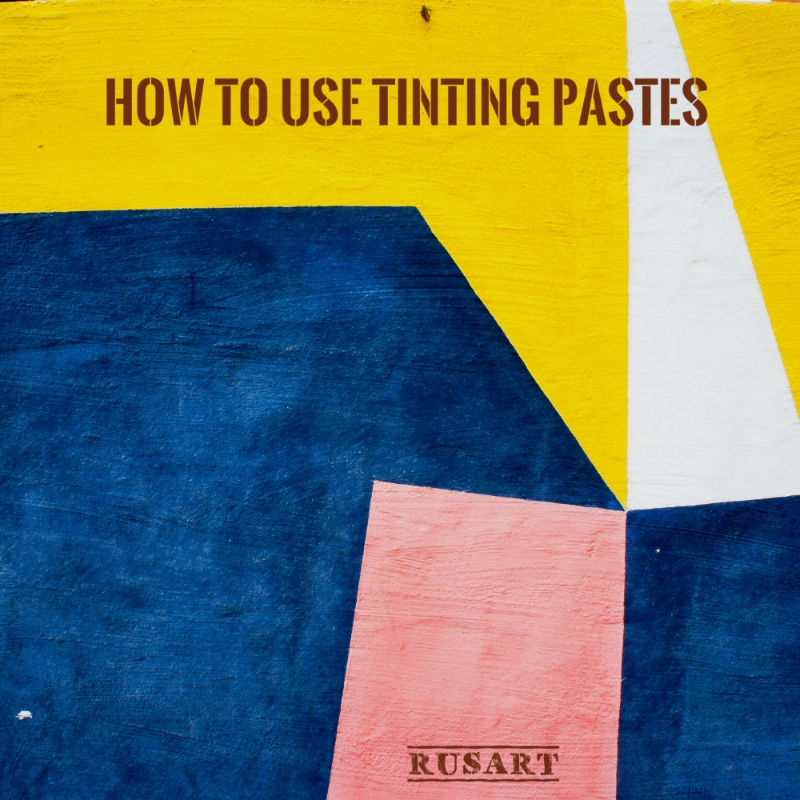Tinting pastes have very wide range of use and will bring more ideas to creative artists. However, there are only few artists who ever tried them. Here we’ll try to break barriers between creativity and tints.
What are tinting pastes?
Tinting pastes are technically water-based colour concentrates. ‘Water-based’ means they can me used with any water-based paints and mediums: acrylic, watercolour, gouache, plaster, concrete, alcohol ink, PVAc tempera, gesso, acrylic textured pastes, latex paint etc. This also means DO NOT use with oil-based paints and mediums, they are not going to work.
‘Colour concentrates’ means it has pigment or dye (for RUSART Deco tints we offer pigment-based pastes only) dissolved or suspended in water. To keep this solution and mixture even and prevent from mold growth, tinting pastes also include organic acids (CH-based), pH-neutralizing agent and preservatives.
Ways to use tinting pastes
There are many ways how to use them.
- Adding colour into a primer for pastel. So, you can make your own colour and texture with less money spent.
- Adding colour into a primer, gesso or textured pastes for acrylic painting. It’s less expensive and creating surface with paints and it’s also creates soft underpainting.
- Adding some new colours into alcohol inks.
- Tinting your concrete, plaster or clay for your creative projects, such as sculptures, moldings, pottery etc.
- Add some colour into epoxy resin creations.
- Enhancing gouache, acrylic paints, or watercolours.
- Dying textile.
- Painting on plaster, like in fresco techniques.
The list can be longer and longer and it’s limited just your imagination and creativity.
Some tips
There are some tricks on how to make your experiences with tints more predictable and enjoyable.
- Mix desired colour from concentrate BEFORE applying to your medium and try promotions in a small amount first. Colours have different staining properties as well as different opacity and strength. As always, yellow colours tend to be weaker than blues or greens.
- Mix your colour thoroughly before adding it into a medium, so your colour will be even.
- Cement, gesso, gouache, plaster contain chalk and/or other components that affect the resulting colour. They work as white paint in mixing, so test the colour first.
- Work in well-ventilated area. Even though VOC is quite low for tinting pastes, they contain acids and may cause some irritation or allergic reactions. Normally, if you’re not sensitive to ordinary acrylic paints, you’ll be fine with the tints. They have the same components as preservatives and stabilizers.
- If you use gesso, plaster, gouache, cement as a medium for tints, after drying colour may look lighter than in a wet form due to chalk that those mediums contain. Tinting pastes don’t contain chalk.
- Tints are very concentrated and a bottle can last quite long.
Enjoy your creative time!


























